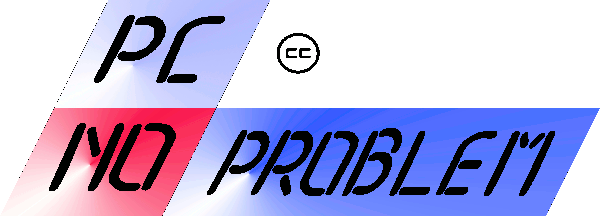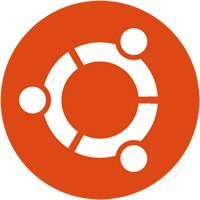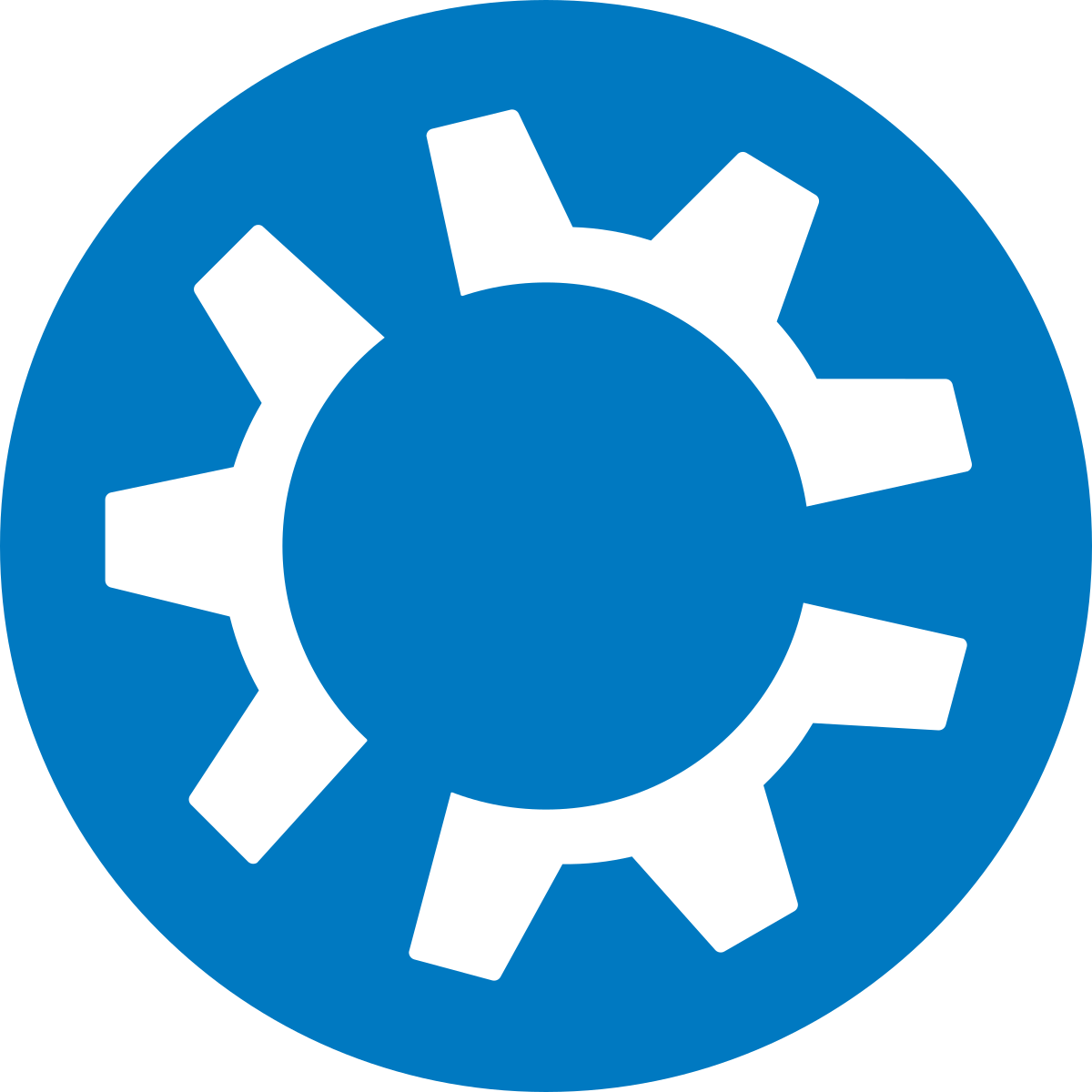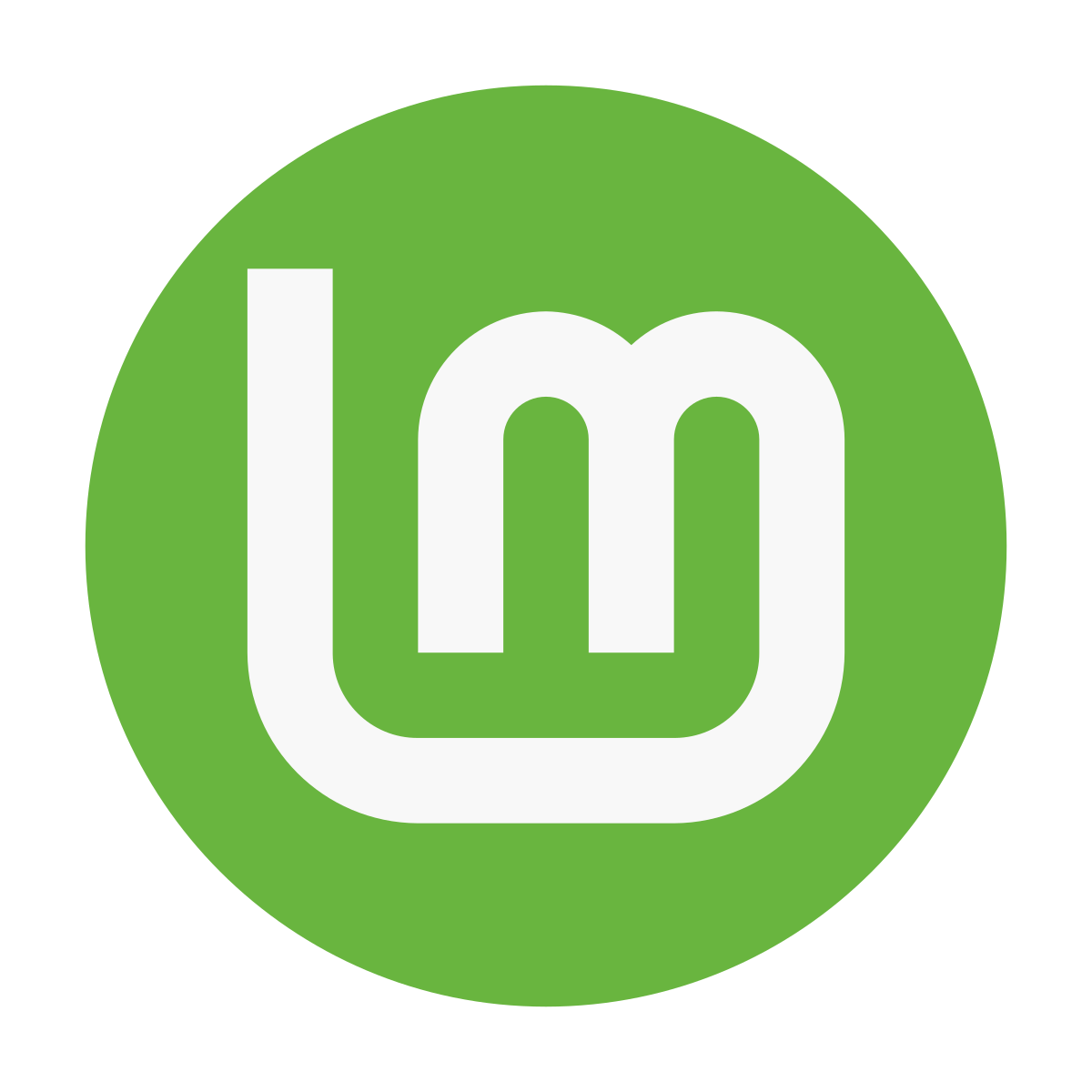
LINUX
GNU / Linu L is an incredible and very powerful system, created, in its initial primitive version, by Linus Torvalds in 1991 with the aim of bringing the legendary UNIX system to work on a personal computer (MINIX already existed, but it was not very satisfactory, it was also not distributed with a license that allowed the modifications freely), to make it more easily usable (UNIX works only on special machines and extremely expensive and complex, inadmissible by a private person). Torvalds immediately perfected and disseminated it with the idea that it could become a basis for an international collaboration of volunteers, it is therefore entrusted to the inexhaustible current of open source from which it is still pushed with great force.
Until a few years ago it was an operating system dedicated to a few experts in the sector for at least three reasons:
1) The Linux graphical interface, until a few years ago, was very minimal. So there was no choice: shell and keyboard commands, this discourages the general public.
2) To install Linux it was already necessary to know it since the installers were very rudimentary and above all in command prompts.
3) There were practically no graphical configuration tools, all the work had to be done on the configuration file via the command prompt.
Later appeared on the net very simple versions to use, to install and to configure, generally starting from commercial proposals (but not only) presented by specialized companies which proposed and still propose their distribution, together with telephone assistance and the provision of paper or digital documentation. Generally they are preparations characterized by packages developed by the companies themselves, often aimed at configuration.
They are the famous versions of RedHat, Suse, Debian, Ubuntu, Mint.
After all, Linux is nothing but a KERNEL, the heart of the whole system, which takes care of receiving and sending signals to the machine and to the operator, on which services (called daemons) are installed, each of which has its own specific task. in collaboration with others. There is a site that takes care of reporting the various versions in time sequence of the kernel with various news (www.kernel.org). The advantage of all this is that you can run the daemons you want on the kernel, making the system extremely elastic, variable and adaptable to the most disparate functions.
The kernel is developed by the Linux Foundation, founded and directed by Linux Torwalds, a non-profit organization that distributes updated versions of the kernel to the world.
For this reason, there are several hundred different types of Linux, called distributions. The panorama is then diversified by the fact that the graphic daemon (the X11 or X Windows system) can have many interpreters (those who take care of creating and managing the graphical interface, the desktop and the windows in which the programs are displayed in operation, so to speak) can be many and simultaneously present in an operating system. For example KDE, XFCE, GNOME are among the most popular graphical environments. KDE is usually richer in tools and offers many alternatives to do the same tasks, while GNOME is usually more basic (eg Knoppix usually uses KDE, Ubuntu uses GNOME). What changes between them are the graphics libraries used, but the possible operations are practically the same. Xubuntu uses XFCE, a more spartan environment without graphic frills, light but pleasant and practical.
The various versions can be downloaded from the net in different formats: either as source code to compile, or by ordering a ready-made CD for a fee (not all development groups do this) or by downloading the ISO image to burn or to create a bootable stick. These solutions are not always present all together and it depends on the group carrying out the single project.
The most practical thing is to download the ISO file.
Finally, a very widespread phenomenon in the Linux environment is that of LIVE distributions, i.e. distributions capable of working perfectly from a CD or USB stick without being installed.
Nothing is installed, the operating system works directly from the support used (key or CD), nothing is configured, the system generally recognizes all the HW present in the machine by itself without errors, you don't have to learn anything because the interface it is so simple and intuitive that you can do everything immediately and well.
Generally in any Linux distribution you will find programs such as: a complete office suite (often it is LibreOffice) and numerous other similar programs for word processing, spreadsheet processing, professional pagers, numerous vector and freehand graphics programs level, various burning programs, many browsers, various mail and chat managers, countless games, various network monitoring tools, creators and readers of PDF files, professional and programming-oriented text editors, creators of HTML pages, numerous multimedia players for every type of file and medium (CD, DVD, videoCD, etc.), various compressors - decompressors, PIM software (Personal Information Manager, for recording personal data, contacts, appointments, tasks, etc. .), calculators, a huge amount of programs for system management, and system and peripheral configuration, and mo much, much, much, much more. And all this is already up and running instantly!!!
The package of pre-installed programs is also characteristic of each different distribution, so they are not all the same, although many programs are present in all distributions, for example LibreOffice and Firefox are practically omnipresent.
| DEBIAN | UBUNTU | KUBUNTU |
| XUBUNTU | MINT | LINUX MX |
| ELEMENTARY OS | ZORIN | PUPPY LINUX |
A characteristic of this distribution is the relatively slow release of new versions, as the debugging process is very painstaking and slow. It is used as a great foundation for building much more complex automatic and customized versions.
Its installation is very assisted, it allows a high customization of the choices, the graphical interfaces and the installed software
Historically it introduces the APT system, which can be managed with the "synaptic package manager" program, which searches the internet for all existing applications for Linux, divides them into categories, highlights them for compatibility with the present version of Linux, you just have to choose what you want and select it, the system itself will search for it, download it and install it, it does everything by itself.
In this way the system will be infinitely enriched, always and only with open software, totally free and generally of excellent quality and in continuous expansion and updating.
Like almost all distributions, it exists in the LIVE version, i.e. it works directly from the CD without installation, all the programs can be used directly and all the hardware resources of the machine have already been recognized and activated.
Ubuntu is a Zulu word as well explained by Nelson Mandela with multiple meanings and expresses the concept of "humanity towards others".
It is based on Debian and inherits the "Synaptic package manager" with a remarkable and very effective interface. Clear and intuitive, it is rather linear and pleasant to use. Multilingual including Italian.
Its graphical interface is often subject to innovations, looking for transparency and animation effects. Like all distributions, it can be changed easily.
It has a fairly extensive basic software package with the classic installations of Firefox, Thuderbird, LibreOffice, and is easily expandable with the software installation application. The system is updated very frequently from the internet, improving its stability, hardware compatibility and power.
Like all distributions, it can also use WINE which rebuilds an environment compatible with MS Windows applications and in which it is possible to install and use the programs built for that operating system.
Sponsored by Canonical, a new version is released every 6 months, often considerably revised compared to the previous one, with numerous innovations and improvements (although sometimes there are releases to forget). Over time, Ubuntu has turned out to be the most popular and most successful distribution, a well-deserved reputation.
Kubuntu is a variation of the Ubuntu project, therefore based on the same Debian structure, but with a desktop managed by KDE.
The basic software equipment is identical to that of Ubuntu and in the same way it is expandable through the application manager.
Distributed in a live version that can be installed very easily, it can be downloaded in the form of an iso file, extremely rich in software and applications. The interface is generally simple to use, packed with tools to assist the user, in the KDE tradition.
It follows Ubuntu releases and updates.
Very interesting distribution derived from Ubuntu, for which all the fundamental characteristics are the same, equipped with an Xfce desktop management interface, extremely light and fast, not very oriented towards graphic effects and therefore essential and fast. There is a tendency to choose small and fast-running programs, having lower power demands from the machine. It allows you to work well and quickly even with very limited machines and in practice hardly usable with other distributions. The speed with which an obsolete machine works at professional levels is impressive. Still packed with pre-loaded software, with the ability to download more via the application manager.
It follows Ubuntu releases and updates.
Another distribution derived from Ubuntu - Debian. Very light in general and with a really easy to use interface, even for those who have never used Linux this distribution is very familiar and easy.
Some automatic functions have been implemented that make certain operations even simpler than all other distributions, such as starting executable files from external media, which generally must be launched via the command line, while Mint just needs a double click. This is the version of Linux that is perhaps easiest to use by anyone new to this operating system.
It is found in different options, such as MATE and CINNAMOM, in which only the graphical interface changes which is even simpler and more essential.
Interesting distribution based on Ubuntu - Debian, extremely light, pleasant to see and to use, facilitated in many operations. Despite some graphical embellishments, animations and effects it is very fast even on old machines. It has a not excessive but respectable software endowment, with some particular choices to remain efficient and light.
Another very light distribution with a nice graphical interface, also in this case based on Ubuntu - Debian. It works very well even on very low power machines, such as a Centrino with 1 GB of RAM. The choice of the installed softwares is from the point of view of lightness, but the effectiveness is high.
Minimal but very complete and full of tools distribution, it has the possibility to choose the interface between XFCE, KDE and FluxBox, equipped with a remarkable collection of specific applications all with the name preceded by MX, specially created for the distribution that make it complete and easy to use. The application package is very extensive and at the same time the machine is very light and fast.
https://puppylinux-woof-ce.github.io/
It exists only as a LIVE version, ie it works directly from the CD without installation even if it is possible to install it on the HD using the utilities supplied with the distribution. It is very small (from 80 MB to 300 MB) and very light, very rich in applications, including mail managers, web browsers, office packages, html editors, drawing programs, multimedia programs, chats, task managers and address books, it loads in ram and for this reason it becomes impressively fast, even on very low power machines (I personally used it on a 300Mhz pentium with 128 MB of ram WITHOUT HD present, a throwaway PC, absolutely useless, obtaining acceptable performance! !!). It has the ability to create a special file (of adjustable size by the user and modifiable in the future), on a disk or on a key, on which to save one's configurations and data, in order to have a microworld contained in that file . It recognizes and activates an impressive amount of peripherals, disks, pendrives, printers, modems, network, video and audio cards, connects to the internet very easily and enters Microsoft networks smoothly. It has an excellent system for partitioning disks and changing the size of the partitions themselves. It is able to highlight, with a particular icon, the files on the HD that have integrity or structure or reading problems, making this tiny jewel an invaluable analysis and recovery tool for computers in trouble. The interface is very simple and pleasant, each icon is activated with a single click, the right button offers a rich context menu, the left clicked anywhere on the desktop on a free space brings back the basic start menu.
It has a very practical guide system for configuring external communication peripherals, using a series of ad hoc scripts, making it extremely easy to configure analog modems, ADSL, network cards, wireless cards, etc...
Using a very simple tool to use, it is possible to install Puppy Linux on a hard disk, as has already been said, in order to increase its power and versatility, and it also has a very interesting system, completely similar to the Synaptic system, which allows you to download and install from the internet a large amount of software adapted to this mini system.
A monster!!!
Really very pleasant to use and suitable for anyone who wants to experience Linux quickly, easily and safely. It looks like a toy but it's really very powerful!!!
Any computer, using this system, becomes incredibly fast and powerful, beyond any possible capacity of imagination. When you see it in action, it seems really impossible that a computer can run so fast, if you then saw the same machine running with Windows and then with Puppy the amazement is enormous, at least a speed gain of 20, 25 times greater.
Personally I've tried it live on over 500 different machines including desktops, servers and laptops, never finding problems and always recognizing all the hardware present, browsing and accessing local disks.
Puppy Linux is also capable of running on Intel-based Macintosh machines and non-computer equipment, such as medical ultrasound machines.











